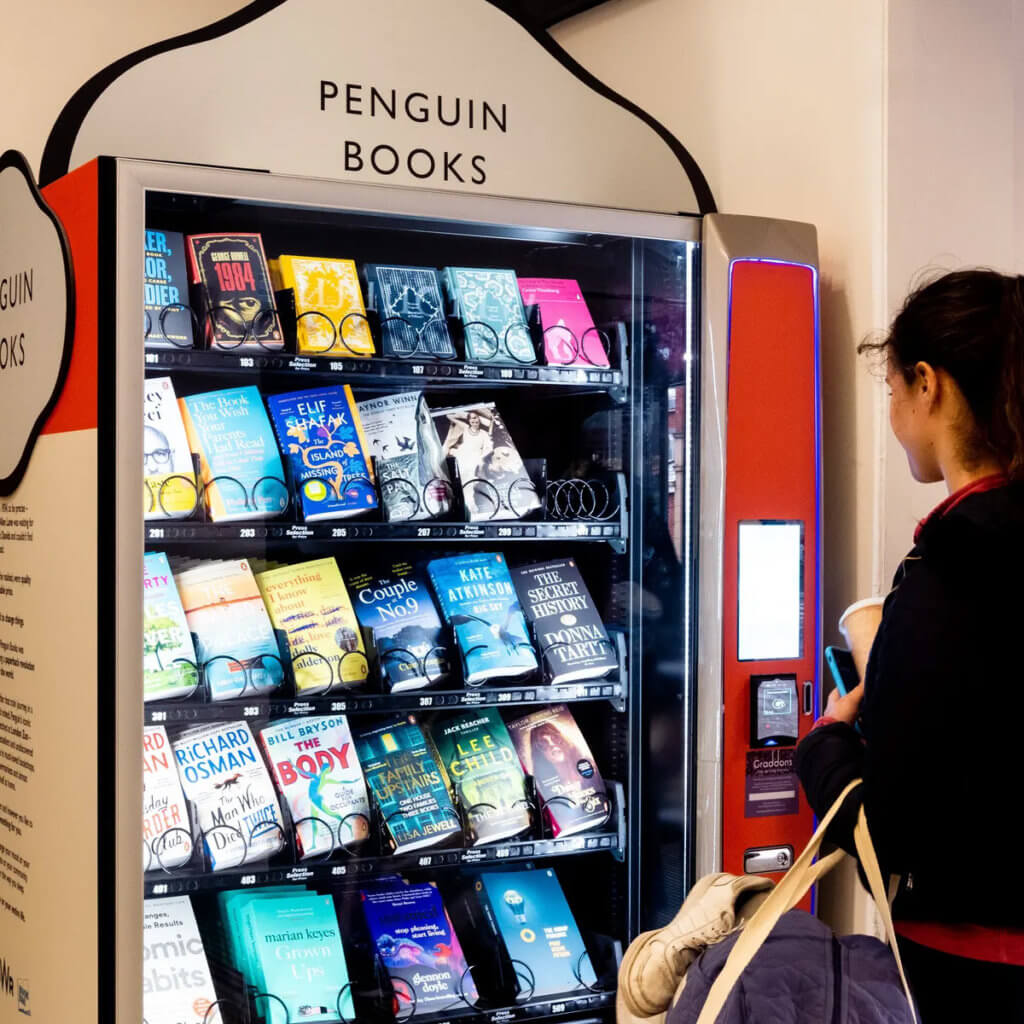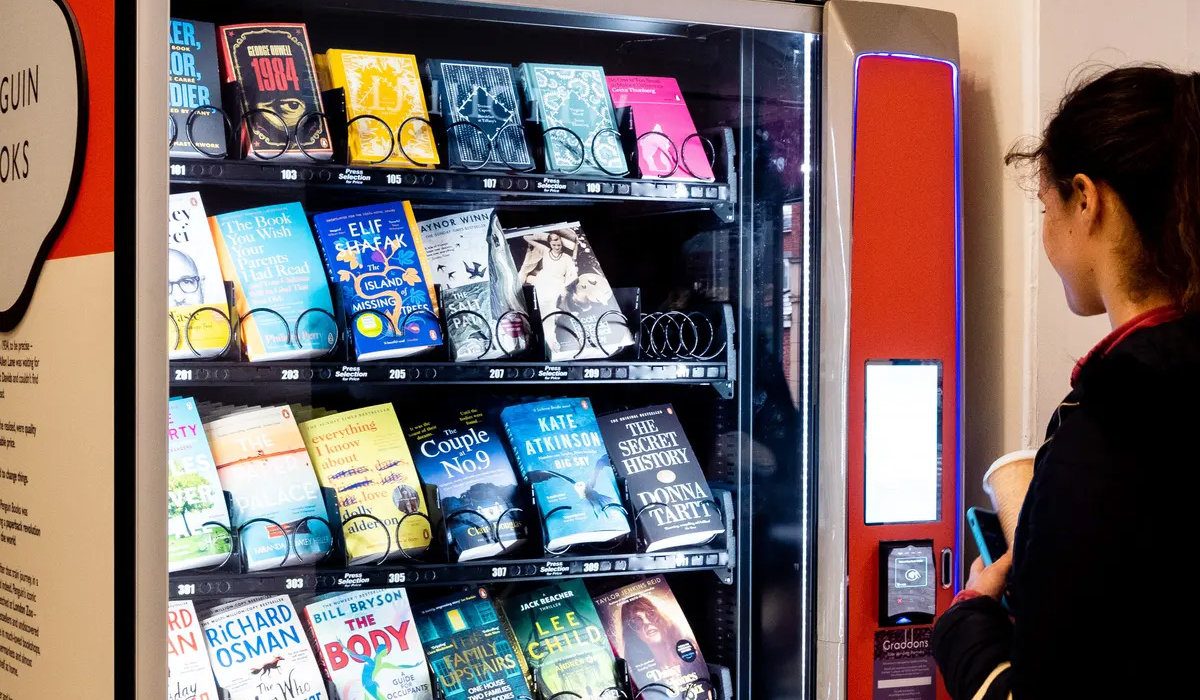In today’s fast-paced world, encouraging a love for reading among students is more important than ever. Enter book vending machines, a novel concept that combines the convenience of vending technology with the joy of discovering new books. This blog explores the transformative impact of book vending machines in schools. From promoting literacy and fostering a reading culture to providing access to diverse reading materials, we’ll delve into the benefits and practical considerations of implementing book vending programs. Discover how these innovative machines are revolutionizing reading habits and nurturing a lifelong love for books among students.

The Rise of Book Vending Machines
Book vending machines have gained considerable popularity in recent years as an innovative approach to promoting reading in schools. These vending machines are stocked with a carefully curated selection of books, catering to various age groups and reading levels. Placed in prominent locations within schools, they offer students a convenient and engaging way to discover and acquire new books. By incorporating elements of surprise and choice, book vending machines create an exciting and accessible reading experience that appeals to young readers.
These machines are often equipped with user-friendly interfaces that allow students to browse and select their desired books. Some even employ gamification elements, such as reward systems or book recommendations, to further enhance the reading experience. The ease of use and interactive nature of book vending machines make them an attractive alternative to traditional library systems, encouraging students to actively participate in their reading journeys.
Fostering Literacy and Reading Culture
Book vending machines play a vital role in fostering literacy and cultivating a reading culture within schools. By making books easily accessible, these machines remove barriers that may hinder students from exploring reading materials. They provide a platform for promoting independent reading, allowing students to select books based on their personal interests and preferences. This freedom of choice empowers students and helps them develop a sense of ownership over their reading journey.
Moreover, book vending machines introduce an element of excitement and anticipation to the reading experience. Students eagerly anticipate the next book they will discover, creating a positive association with reading. This enthusiasm extends beyond the initial selection, as students often share their newfound treasures with their peers, sparking conversations and forming book clubs. Book vending machines become hubs of literary exploration, igniting a passion for reading that transcends the classroom.
The presence of book vending machines also sends a strong message that reading is valued and celebrated within the school community. They serve as visual reminders of the importance of literacy and encourage students to prioritize reading as a regular habit. By integrating reading into the school culture, book vending machines help students develop lifelong reading habits that extend far beyond their academic years.
Encouraging Diverse Reading Choices
One of the significant advantages of book vending machines is their ability to offer a wide range of reading materials. From classic literature to contemporary fiction, non-fiction, graphic novels, and more, these machines can cater to diverse reading tastes and interests. By providing access to a variety of genres and subjects, book vending machines encourage students to explore different types of books and expand their reading horizons.
The availability of diverse reading choices promotes inclusivity and fosters a deeper understanding of various perspectives. Students have the opportunity to engage with literature that reflects their own backgrounds and experiences, as well as stories from diverse cultures and communities. This exposure to diverse literature fosters empathy, cultural awareness, and critical thinking skills.
Additionally, book vending machines can support reading initiatives tailored to specific age groups or reading levels. For younger readers, machines can offer picture books, early readers, and interactive titles that promote literacy development. Older students can explore more complex narratives and subject matters, nurturing their intellectual curiosity and expanding their knowledge base.




